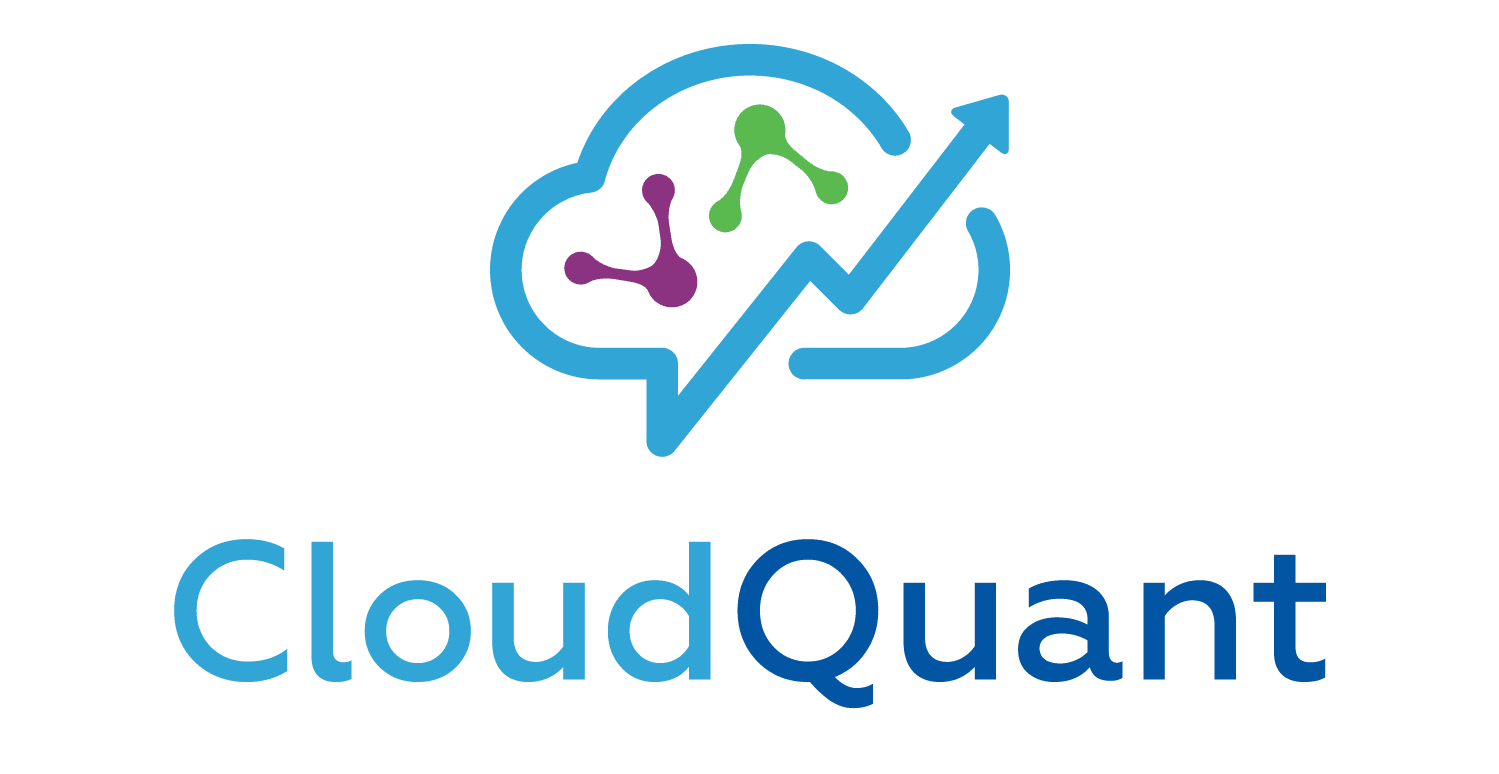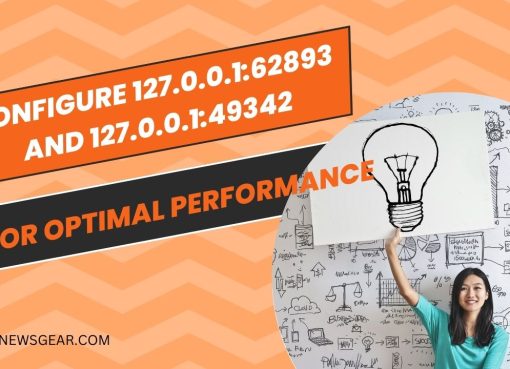At CloudQuant’s, we’re constantly keeping an eye on the latest trends and developments in the cloud industry. In this article, we take a look at some of the key predictions for the cloud industry that we think will have a major impact on businesses over the next few years.
Table of Contents
What is CloudQuant?
CloudQuant is a data-driven analysis and forecasting platform that helps businesses make smarter decisions about their cloud investments. The company’s crystal ball offers insights into where the cloud industry is headed, and it provides forecasts for key areas such as computing, storage, networking, and application delivery.
In this article, we’ll take a look at CloudQuant’s predictions for the cloud industry in 2017. First, we’ll examine how the company sees the growth of public clouds continuing to be robust. Then, we’ll see how private cloud adoption is expected to increase in 2017 due to increased demand from Enterprises for better control over their data. Finally, we’ll explore some of CloudQuant’s other predictions for the year including its outlook on hybrid clouds, blockchain technology, and artificial intelligence.

How does CloudQuant work?
CloudQuant is a data analytics company that uses machine learning algorithms to make predictions about the future of the cloud industry.
The company’s CEO, Ayman Hariri, gave a presentation at Cloud Expo New York 2018 entitled “How CloudQuant Works: An Alternative Data Crystal Ball.” In his talk, Hariri outlined how CloudQuant uses machine learning algorithms to make predictions about the future of the cloud industry. He noted that the cloud has revolutionized business operations and that it will continue to do so in the future.
CloudQuant’s algorithm is based on three pillars: current market conditions, customer demand trends, and technology innovation. The company’s goal is to provide its customers with actionable insights that can help them make better decisions about their businesses.
Hariri highlighted some of CloudQuant’s most recent predictions about the future of the cloud industry. These include forecasts for the growth of public cloud services, hybrid cloud adoption rates, and data center consolidation. He also predicted that big data will continue to be an important focus for companies operating in the cloud sector.

Predictions for the Cloud Industry
The cloud industry is booming and continuing to grow at an alarming rate. Businesses of all sizes are turning to the cloud for its ease of use, scalability, and cost-effectiveness.
According to CloudQuant’s Alternative Data Crystal Ball, the cloud will continue to be a big player in the data economy. The company predicts that by 2020, the cloud will have generated $2 trillion in revenue. In addition, they believe that this figure will reach $3 trillion by 2025.
CloudQuant bases their predictions on several factors including increasing demand from businesses for faster and more reliable access to data, as well as improved security measures and growing awareness of data privacy concerns. They also expect the growth of microservices and container technologies to contribute to this trend.
Overall, CloudQuant believes that the growth of the cloud will continue apace and provide tremendous opportunities for businesses of all sizes. Anyone looking to stay ahead of the curve should consider investing in alternative data analysis tools like CloudQuant’s Alternative Data Crystal Ball.

Conclusion
In this article, CloudQuant looks at some of the predictions made by the company’s Alternative Data Crystal Ball and compares them to recent market trends. Overall, the CB believes that cloud adoption will continue to grow and be dominated by public clouds.
However, it also predicts that public cloud providers will face increasing pressure from their enterprise customers as they strive for agility and elasticity in their infrastructure stacks. In addition, it expects hybrid clouds to become more prevalent as solutions providers offer a combination of on-premise and public cloud services.





